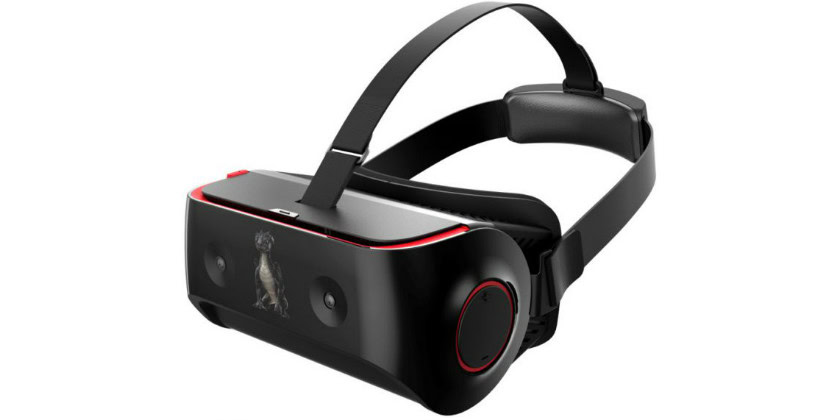Affiliate links on Android Authority may earn us a commission. Learn more.
Samsung talks VR hype, standalone headsets, and 10K displays

At an event in San Francisco, Samsung President & Chief Strategy Officer Young Sohn has been dishing out details on where the company sees the future of virtual reality and how the current market is affecting decision making about future products and hardware.
Currently, Samsung’s take on the VR market requires the use of its Gear VR headset and a compatible Galaxy smartphone, which powers the VR experience and provides the display component. However, both Qualcomm and Intel have recently shown off reference designs for stand-alone VR headsets, and there’s the ongoing vociferous debate about of the power gap between high-end PC hardware and low power consumption mobile components when it comes to picking the best development platform. There are an awful lot of fledgling VR platforms right now and they can’t all win out, which is a headache for hardware and software developers.
“Is virtual reality hype or mainstream? I don’t have a good answer for you today,” - Samsung's Young Sohn
Samsung has also previously indicated that it is developing a standalone VR headset, but now says that it is taking a wait-and-see approach before committing to another VR platform. The relatively cheap $99 price tag of the Gear VR has helped Samsung become one of the largest VR players with relatively low risk, and the company wants to see which platforms prove themselves before making any decisions.
Sohn describes this as a “a bit of a chicken and egg problem right now”, with lots of platforms to pick from but not a lot of content on any of them. Hopefully, this problem should abate once the current cycle VR hype starts dying down and developers begin to coalesce around the best technologies.
The other half of Samsung’s outlook revolves around hardware capabilities and innovations. Sohn highlighted that battery efficiency, latency requirements, and display tech needs to improve for the company’s next wave of VR products, regardless of their exact form factor. The QHD (2560×1440) resolution displays packed into Samsung’s flagship Galaxy handsets are great for smartphone viewing, but still produce a noticeable “screen door” effect when viewed at very close distances for VR applications.

Sohn explains that next-generation devices will require display pixel densities “at least two times” that of current implementations, suggesting at at least a 4K resolution for future devices. He also posited that building a 10K mobile display would likely require an investment of “at least $5 billion to $10 billion”, which is no small investment to make in a fledgling market. Even if Samsung took the plunge, the hardware design issue then reappears, as Samsung has to decide whether the niche demand warrants the expense to continue to bundle this technology with its smartphones, or whether switching to a standalone platform is more viable.
With Google’s Daydream platform right around the corner and further investments and developments still to be made into VR hardware and software, Gear VR probably isn’t going anywhere soon. Samsung is clearly looking to stick with VR for the long haul, and the company seems prepared to switch to standalone hardware, if that’s the route that the industry ends up taking.
This article originally appeared on our sister site, VR Source